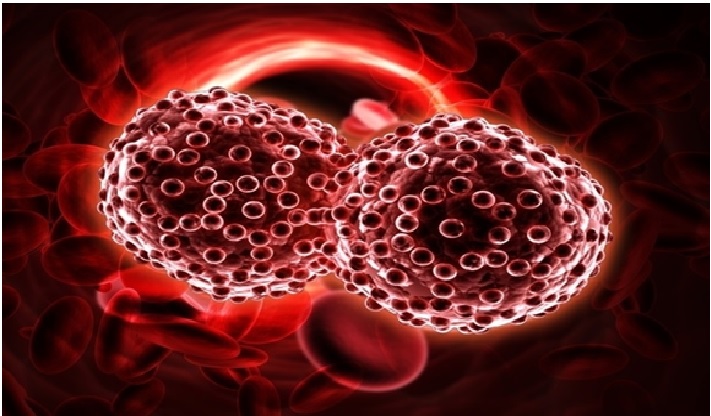The Functional Usage of Urethane
Urethane is a type of polymer containing organic chains united by carbamate links. It is formed by the reaction of polyol and isocyanate. [1] Both of these are utilized to produce polyurethanes that contain at least two of several functional groups in every molecule.

Figure 1: The process of Urethane [2]
Urethane is mainly used as an ingredient in:
It is also used in elastomeric tires and wheels, like those used in escalators and roller coasters. Urethane is also known as polyurethane (PU). The figure 1 shows the urethane processes.
Urethane is a sealer that is used to protect many types of products, but is most often used to seal decorative concrete and stone. Many polyurethane items are also referred to as urethane. These sealers provide a barrier to protect wood, concrete and other items from heat, excessive cold and moisture. [3] Layers of urethane and polyurethane can also protect against scratches, dents and nicks. Urethane can be an expensive sealing treatment to put on floors, but it is very effective in protecting against damage.
Urethane sealers are available in both water based and solvent based varieties. They dry quickly, which allows professionals to finish their projects in a timely manner.
Urethane (or ethyl carbamate) is an organic compound. The urethane formula is C3H7NO2, and it has a molecular weight of 89.09 g/mol. It is an ester of carbamic acid, and its melting and boiling point are 46 to 50 °C and 182 to 185 °C, respectively.
Ethyl carbamate is a colorless crystal or white powder with almost no odor. [4] It is used in the production of pesticides and fungicides, and it was formerly used as a therapeutic or anesthetic agent.
Urethane is most commonly used in a liquid form as a coating, adhesive, or sealant. It is also typically used in pesticides and fungicides. In its early days, it was used in anesthesia. While it is still urethane, the material is also used in plastics, textiles, dyes, and explosives. Urethane also works in several veterinary medicines and some pharmaceuticals.
Interestingly, urethane does show up in some foods, [5] especially fermented foods and alcoholic beverages. On its own, urethane is toxic for humans and animals to ingest. Therefore, it is wise to limit eating fermented foods. Most people do not eat enough of these foods to be affected by urethane. Most of the urethane enters the food from the storage containers that hold it during the fermentation process.
Urethane can be toxic if it is absorbed by the skin. Exposure can result in digestive problems like nausea and diarrhea, as well as gastroenteric hemorrhages. It can also affect the liver and kidney, and it can put people into comas. Urethane toxicity and neurological disorders can happen with chronic exposure.
References:
- https://www.corrosionpedia.com/definition/1130/urethane
- https://blog.siouxrubber.com/blog/the-hard-and-soft-of-urethane-and-rubber
- https://kitchencabinetkings.com/glossary/urethane/
- https://sciencing.com/about-4673740-urethane-used.html
- https://goturethane.com/what-is-urethane-and-how-is-it-used-around-the-world-today/
Cite this article:
Vinotha D (2022), The Functional Usage of Urethane, AnaTechMaz, pp.195















